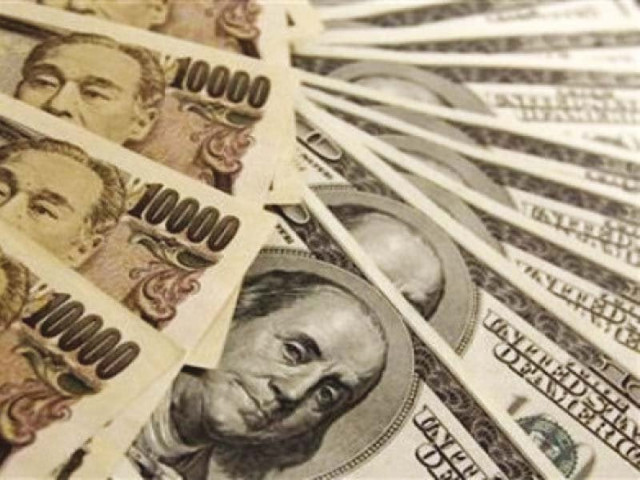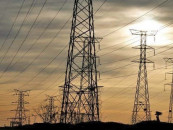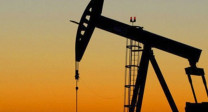Pakistan gets $1.1 b expensive foreign commercial loans
Total external inflows in five-month period jumps to $4.5 billion

Pakistan received $1.1 billion in expensive foreign commercial loans in the last month, including a fresh half-a-billion-dollar lending by China, taking new borrowing to $4.5 billion in the current fiscal year.
The fresh borrowing spree was aimed at meeting the country’s external debt repayment needs and at the same time keeping foreign exchange reserves at the current level of around $13 billion.
Pakistan may also have to make a bullet debt repayment of $2 billion to the United Arab Emirates (UAE) in February and March.
Overall disbursement showed an increasing trend in the first five months (July-November) and total external inflows reached $4.5 billion as compared to $3.1 billion in the corresponding period of last year, a growth of 45%, said the Ministry of Economic Affairs on Thursday.
The $4.5 billion borrowing was equal to 37% of the annual budget estimate of $12.4 billion for fiscal year 2020-21.
Pakistan received about $3.9 billion on account of budget financing and balance of payments support, which the country would be paying back after taking new loans as no revenue-generating assets were created by using these loans.
The external inflows were showing a strong performance despite challenges posed by the second wave of Covid-19 and depressed economic conditions in many regions globally, said the ministry.
However, these inflows were not the result of any improvement in project financing, rather the additional loans were mainly the result of expensive foreign commercial contracts.
Pakistan received $1.1 billion in new foreign commercial loans in November, showed the official statistics.
The Industrial and Commercial Bank of China (ICBC) disbursed $500 million, taking Beijing’s contribution to $1.52 billion in the current fiscal year. Chinese loans of $1.52 billion were equal to 34% of total loans received in the first five months of FY21.
The $1.52 billion Chinese lending is in addition to the $1.5 billion financing facility being extended under a bilateral currency swap agreement.
The currency swap loan will not be shown as part of the public debt. In July, Beijing had also provided $1 billion under SAFE deposits to repay an equal amount of Saudi debt four months ahead of schedule.
This $1 billion is part of the external public debt. Pakistan also received two loans amounting to $370 million from Emirates NBD bank and a fresh loan of $185 million from Dubai bank last month. Total commercial loans stood at $1.6 billion in the current fiscal year, which were equal to 36% of total lending.
After excluding $1 billion worth of Chinese SAFE deposits, the fivemonth disbursements were slightly better than last year, according to statistics compiled by the Ministry of Economic Affairs.
Pakistan needs foreign loans to repay its debt as successive governments have struggled to increase exports.
Out of the $4.5 billion, project financing - the money received to create assets - amounted to $518 million or 12% of the borrowing, according to the ministry. This money came mainly from multilateral creditors.
As much as 88% of the total financing was aimed at balance of payments support and building foreign exchange reserves. Bilateral creditors gave $151 million during the July-November period.
In the aftermath of Covid-19 and its persistence in the country, the disbursement of project financing from development partners has slowed down, according to the ministry.
The pandemic has closed down most of the economic activities across the country and halted development project activities.
However, after the ease in lockdown by the government, economic activity is reviving, which may lead to a pickup in project financing in the current fiscal year, it added.
China has disbursed $22 million - first project lending since July - for Eastbay Expressway Project. Pakistan received $33.4 million from France in loans in the ongoing fiscal year.
Multilateral development partners disbursed $1.7 billion in foreign economic assistance in the current fiscal year.
Amongst the multilateral development partners, the Asian Development Bank (ADB) provided $712 million and the World Bank disbursed $694 million. The Islamic Development Bank disbursed $64 million in the current fiscal year.
The economic affairs ministry said that the strong official inflows during the first five months of current fiscal year not only helped the government discharge its external public debt obligation of $2.94 billion but also improved foreign exchange reserves and exchange rate stability.



















COMMENTS
Comments are moderated and generally will be posted if they are on-topic and not abusive.
For more information, please see our Comments FAQ